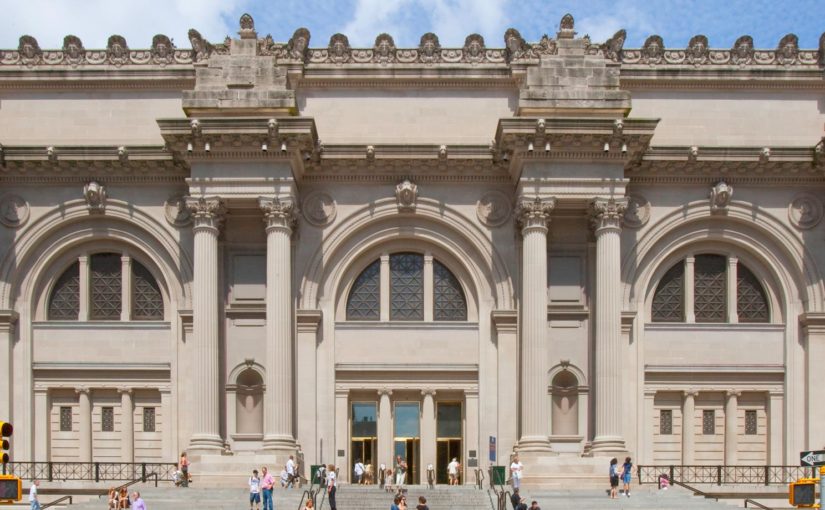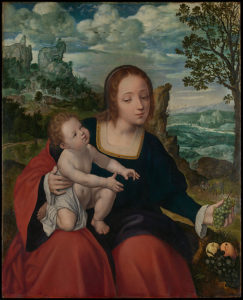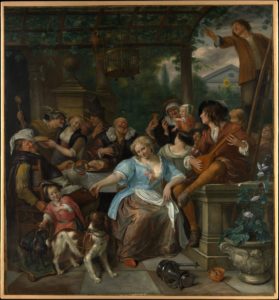First off, the Met museum is incredibly huge and I really liked the display of artwork inside. Usually, I get bored of museums but the way the Met is set up and constructed made it hard for me to get bored of it. Another thing I liked is that it makes you feel as if you’re apart of the time period that you’re looking at.
I’m going to be comparing the renaissance artwork, Virgin and Child with Four Angels, and the Baroque artwork, Virgin and Child.
I chose these two because they seemed the most similar in style but they both differ in small ways. First off, the timings of production of both paintings are different. If a painting was made in the 15th to 16th century then it was a renaissance artwork. If a painting is made during the late 16th to 17th century then it was a baroque artwork. Both Renaissance and baroque emphasize religion and can put a lot of importance on women. Both artworks I chose is based on a virgin woman. Another difference is that Renaissance artworks did not completely depict human emotion, while Baroque art focused more on showing them.
As you can see, the Virgin and Child with Four Angels painting give more emphasis to religion with the addition of angels while the Virgin and Child painting is more simple and gives importance to the main feature of the painting.






